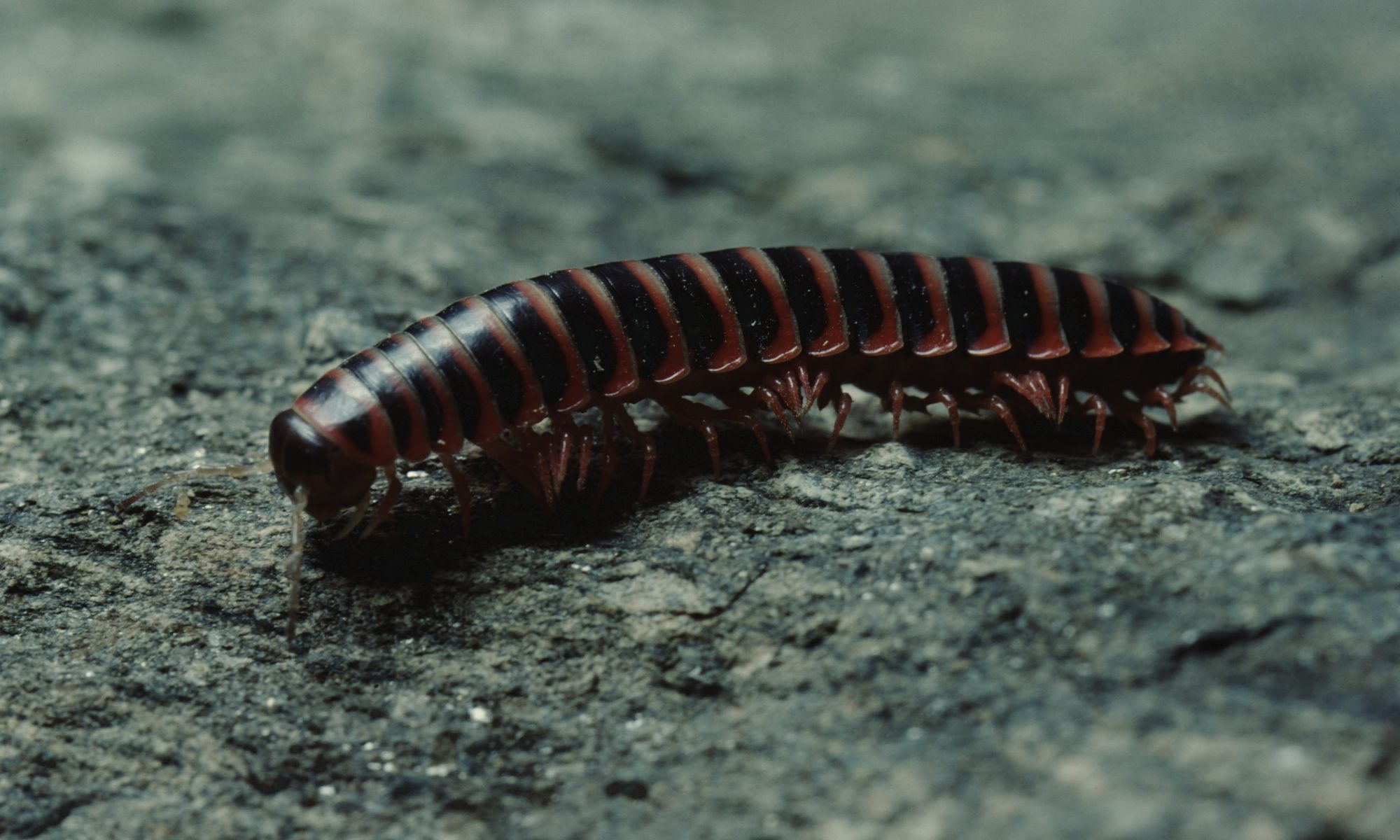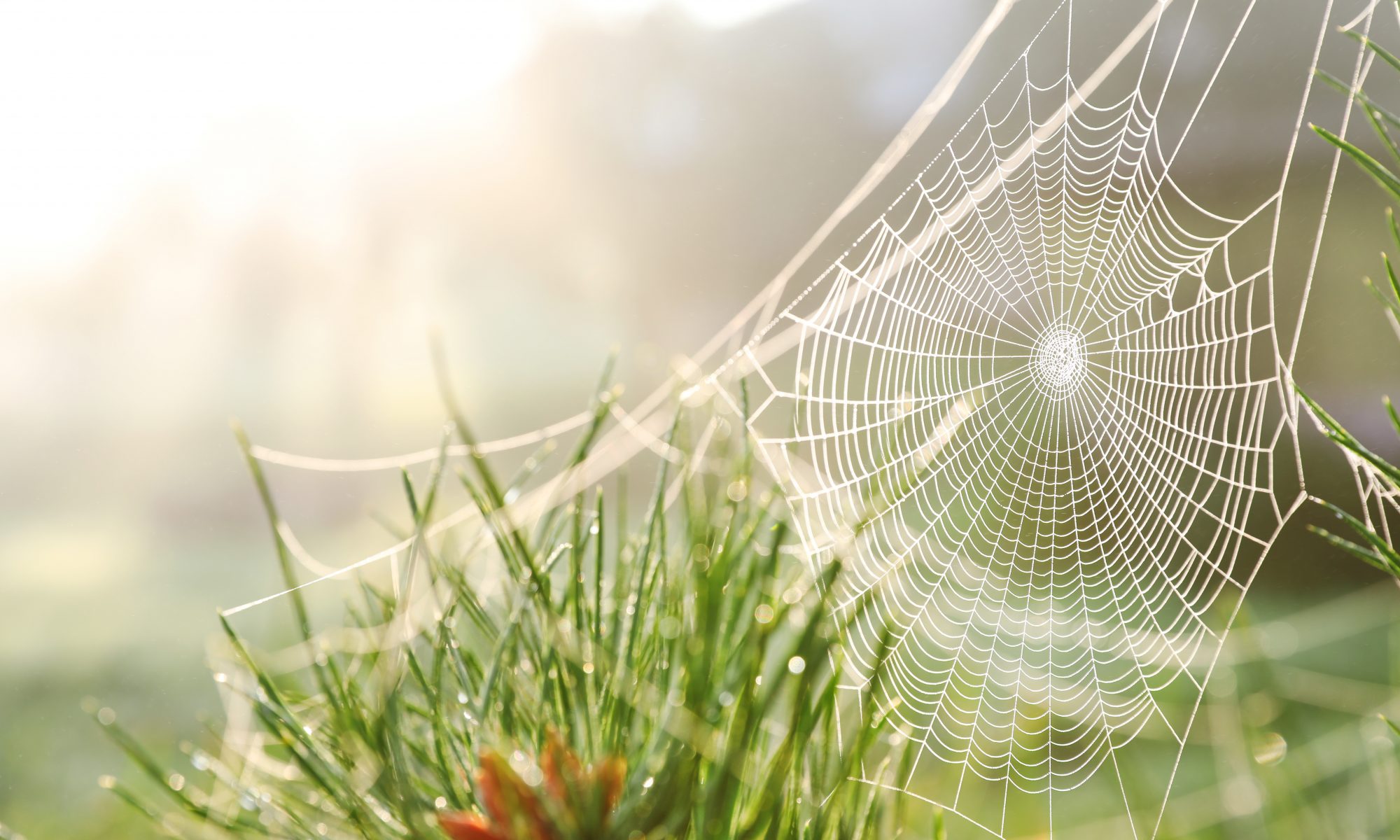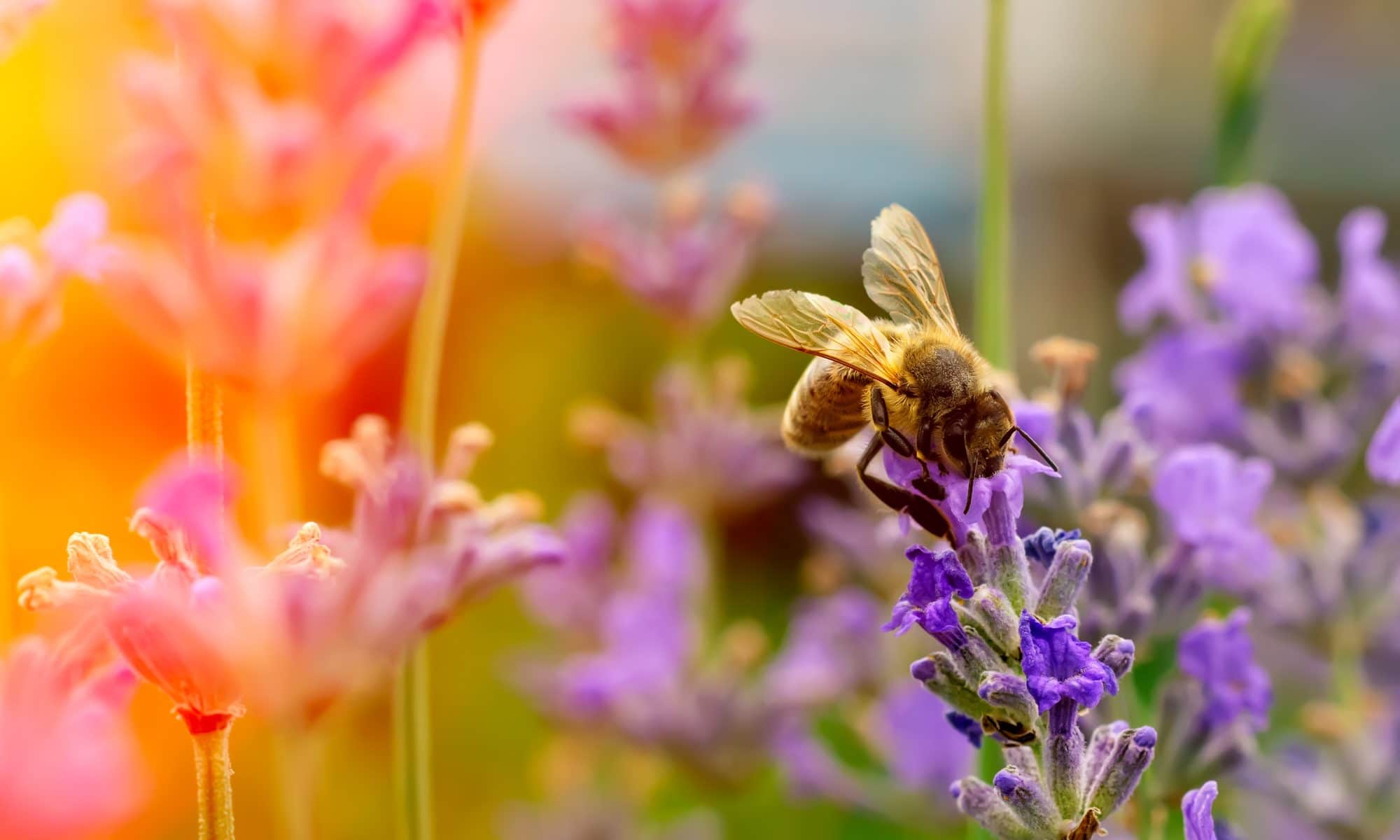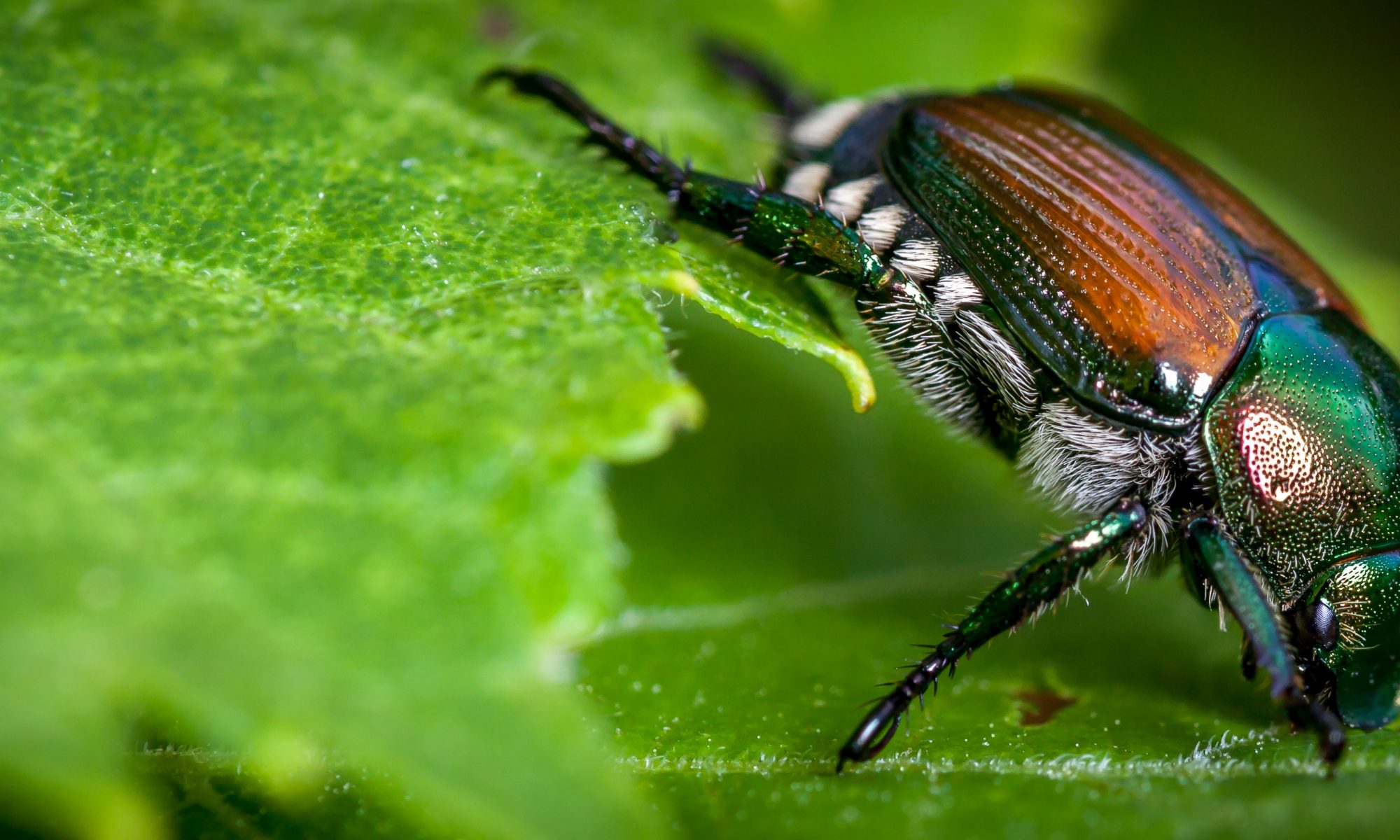
Do you know the difference between millipedes and centipedes? While they are in the same family, several small but significant points differentiate these two common pests.
For today, we are going to focus on millipedes and everything you should know about them to avoid an infestation.
If you are currently experiencing issues with a millipede infestation, contact the friendly and knowledgeable professionals at Environmental Pest Management for your free quote. We will take care of your bug problems without harm to mother nature.
Now, onto the stampede of millipede facts!

What do millipedes look like?
Millipedes are often mistakenly thought to have a thousand legs, hence the name. The name comes from the joining of the Latin words mil, meaning a thousand, and ped, meaning feet.
In reality, most millipedes have somewhere between 30 and 90 pairs of legs. The millipede with the most legs, in fact, only has about 750 legs in total. Now that’s a lot of legs!
The Illacme plenipes aside, most millipedes range in length from a little less than 1 inch to a whopping 15 inches. You can find millipedes in many different colors with brown being the most common. But you can also find red, orange or black millipedes.
Millipedes may look like worms, but actually, their bodies are segmented. Each segment houses two separate pairs of legs. When they move, their rows of legs resemble a flowing wave.
Millipedes are arthropods. An arthropod is an invertebrate with an exoskeleton and jointed appendages. When threatened, they will curl up in a coil to protect their soft underbellies.
Where do millipedes live?
There are about 1000 different types of millipedes in the US.
Millipedes are nocturnal. They like damp, dark places and require a high level of moisture to survive. They can swiftly die from being exposed to dry conditions for too long. When this happens, they curl up and dry out and are easily vacuumed up and disposed of when found this way.
Millipedes would much rather be outside than in. You will most commonly find them in your garden or in or around outdoor structures; such as your storage shed or dog house. You can also often find them in damp mulch, piles of leaves, or freshly cut grass clippings.
Crawlspaces and basements are particularly vulnerable to millipede infestations. If your entry points to these spaces are not properly sealed, these creepy crawlers may find their way in.
You want to be particularly aware of millipedes when there is excess moisture around, like when the snow is thawing or after extended periods of rain.
Millipedes are nocturnal. They are most active at night and therefore, if you have millipedes in your home, at night is the most likely time you will see them.
During the colder months, millipedes will often migrate to warmer climates. They are also known to move in masse when the area they live in experiences heavy rain. To be clear, they need moisture, but too much liquid can be deadly.
Interesting fact:
According to ThoughtCo. Fossil evidence indicates that millipedes were the first animals to live on land. Scientists believed they were the first species to leave the water and evolve to breathe air.

What do millipedes eat?
Millipedes are scavengers. Their primary diet consists of damp and decaying leaves and wood, and other rotting plant material.
On a grosser note, they occasionally shed their outer layer of skin. After this shedding, the millipede will eat what it molts. The reason for this behavior is unclear, but it could be to replace lowered calcium levels after molting.
Sometimes, millipedes will eat small insects, snails, or even earthworms. Usually, they eat the dead insects they find, but they infrequently hunt these creatures for sustenance.
How long do millipedes live?
Millipedes hatch from eggs. The female millipede will lay around 100 eggs at a time. She will burrow into the soil and protect them until they hatch.
When they do hatch, depending on the species, most millipedes have three pairs of legs to start. As they grow, so do the rest of their legs.
Millipedes have surprisingly long lifespans. They are extremely good at camouflage, and they can effectively evade predators by staying buried underground.
Millipedes are capable of living up to 10 years or more. Thankfully for us though, they do not live very long once they find themselves inside a house or apartment. They are unable to find the moist conditions or food they need to survive.
Are millipedes poisonous?
Well, we’ve got good news and bad news.
The good news is, millipedes do not bite. They are not considered venomous.
The bad news? Some species can produce foul-smelling, irritating liquid from glands on the sides of their bodies. This liquid, while not deadly, can cause slight irritation flare-ups on your skin if you come into contact with it.
The millipedes use these glands as a defense mechanism. This fluid can also be released when the millipede is crushed or if you accidentally step on it. For this reason, you should never handle a millipede with your bare hands or squash one with your bare feet.

Should I be worried about millipedes?
Thankfully, if millipedes do get into your home, they will not do any damage. The only thing you should be concerned about is the pungent liquid they could emit as a defense against any perceived threat. This fluid can be particularly harmful to small children or pets.
If you suspect a millipede infestation in your home, don’t hesitate to contact us. At Environmental Pest Management, our priority is you and your home. We only utilize products and methods we would use in our own homes around our own families.
So, call us today and let us make your bug worries disappear!



















